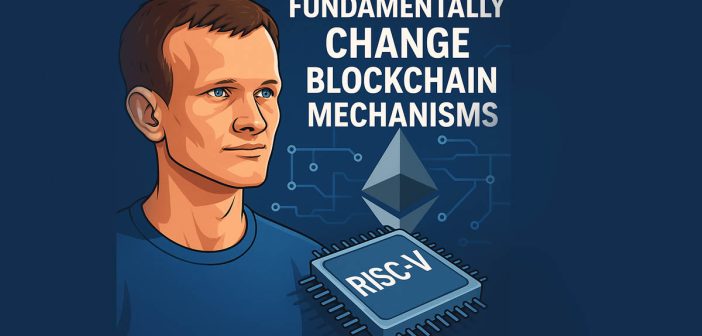Ethereum Simplification RISC-V to Boost Efficiency
Ethereum simplification RISC-V is Vitalik Buterin’s ambitious plan to overhaul Ethereum’s architecture, aiming to make it as simple as Bitcoin, per a May 2025 statement. The Ethereum RISC-V architecture shift would replace the Ethereum Virtual Machine (EVM) with RISC-V, potentially speeding up processes tenfold. This Ethereum protocol upgrade could lower infrastructure costs and reduce catastrophic error risks. The Ethereum Foundation restructuring supports these goals, enhancing user benefits and decentralization. Meanwhile, the Ethereum Pectra update, set for May 7, will cut fees and enable non-ETH token payments. ETH’s price, down 45% to $1,830 since January, lags Bitcoin’s 250% surge, but experts emphasize technological progress over price.
Why Replace EVM with RISC-V?
Buterin praises Bitcoin’s simple protocol, arguing EVM’s rigidity slows Ethereum. RISC-V, an open, modular processor architecture used in Polkadot, offers flexibility and scalability. This shift could make Ethereum’s protocol more accessible, boosting developer participation. However, transitioning to RISC-V, estimated to take five years, requires retraining developers and community consensus, a challenge noted by Kronos Research analyst Dominic John. The Ethereum Foundation’s restructuring aims to address such hurdles.
What’s Next for Ethereum’s Evolution?
The Pectra update’s first phase, launching May 7, will reduce fees for Ethereum’s mainnet and L2 networks like Arbitrum and Optimism, introducing Account Abstraction for non-ETH payments. The second phase, planned for 2026, may be reshaped by Buterin’s RISC-V proposal, complicating prior EVM optimization plans. Despite ETH’s price drop, Galaxy researcher Tad Pinakiewicz argues Ethereum’s infrastructure advancements, copied by chains like Polygon, signal long-term strength. Buterin’s vision faces execution risks but could redefine Ethereum’s role in blockchain.




